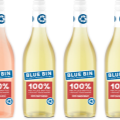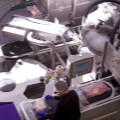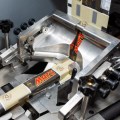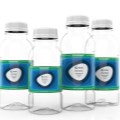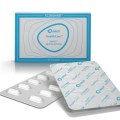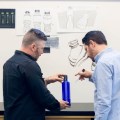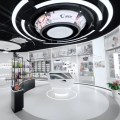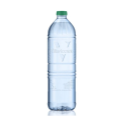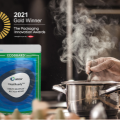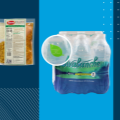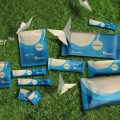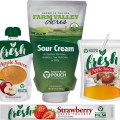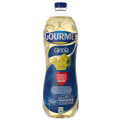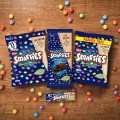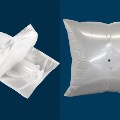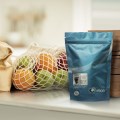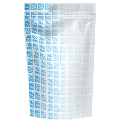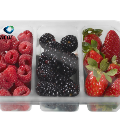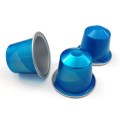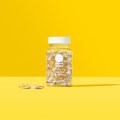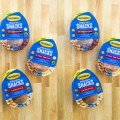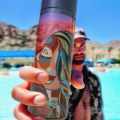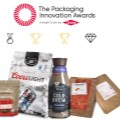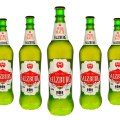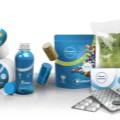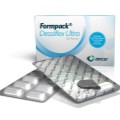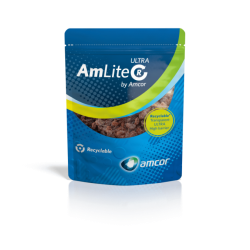If this is your company, CONTACT US to activate Packbase™ software to build your portal.
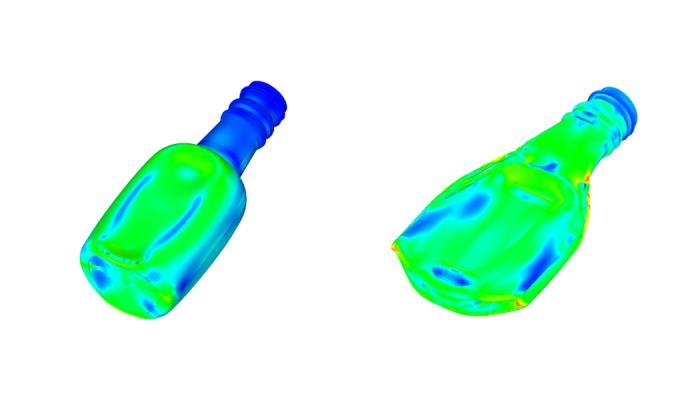

Amcor Rigid Packaging announces recycling innovation that will enable more than a billion 50 mL spirits bottles to be crushed, captured and recycled.
In conjunction with America Recycles Day, Amcor Rigid Packaging (ARP) is announcing a technological advancement that makes it possible for billions* of small bottles to be recycled. ARP, known for its designed-to-be-recycled packaging, is always looking for ways to increase the amount of material that makes it to – and through – the recycling process.
ARP is first applying the technology to 50 mL spirits bottles. These bottles, while made of recyclable polyethylene terephthalate (PET), are often lost in the recycling process due to their small size. Most people recognize these as the little liquor bottles often served on airplanes. Despite its material being infinitely recyclable**, the size of these bottles presents challenges at most U.S. material recycling facilities. The bottles tend to slip out of the sorting process where broken glass is filtered out for disposal.
“We know that many small bottles are falling through screens in our MRFs designed to separate glass, so this is a major development – it allows these bottles to pass this step in the process and have the opportunity to be captured by the appropriate equipment downstream. At a time when the recycling industry is constrained by material supply every additional pound diverted from waste makes a big difference,” said Curt Cozart of the Association of Plastic Recyclers.
With its pledge to develop all its packaging to be recyclable, compostable or reusable by 2025, Amcor is always innovating to increase the recyclability of its products. Seeing an opportunity for improvement, ARP’s team of engineers examined the issue and began designing a container that collapses in a controlled way to maximize its width. With a collapsed width greater than 5 cm, this design would no longer slip through the cracks at most U.S. recycling facilities.
“This discovery was made by the Amcor team when testing revealed that the bottles collapse in different ways,” said Terry Patcheak, VP of Research & Development and Advanced Engineering at ARP. “Our simulations demonstrated that when these tiny spirits bottles are designed to collapse in a specific way, fewer bottles actually fall through the cracks. The potential here is higher recyclability rates and more recycled content for multiple segments and materials.”
Amcor’s bottle design includes intentional failure points and is based on the Association of Plastic Recyclers specific guidelines. Finite Element Analysis testing is being undertaken to better understand the dynamics of these small bottles during the recycling process. Additionally, ARP will partner with recycling facilities to capture real-world data about the recyclability of its new bottle.
“We look forward to seeing the data and continuing to use this kind of creative approach to look at all of our packaging. In partnering with the APR, we are looking at size, color and material to increase the amount of recycled material that can be turned into more bottles. We look forward to partnering with our customers as we use a new lens to look at ways to meet our shared sustainability goals,” Patcheak said.
* Based on industry data
** With existing technologies like chemical recycling



